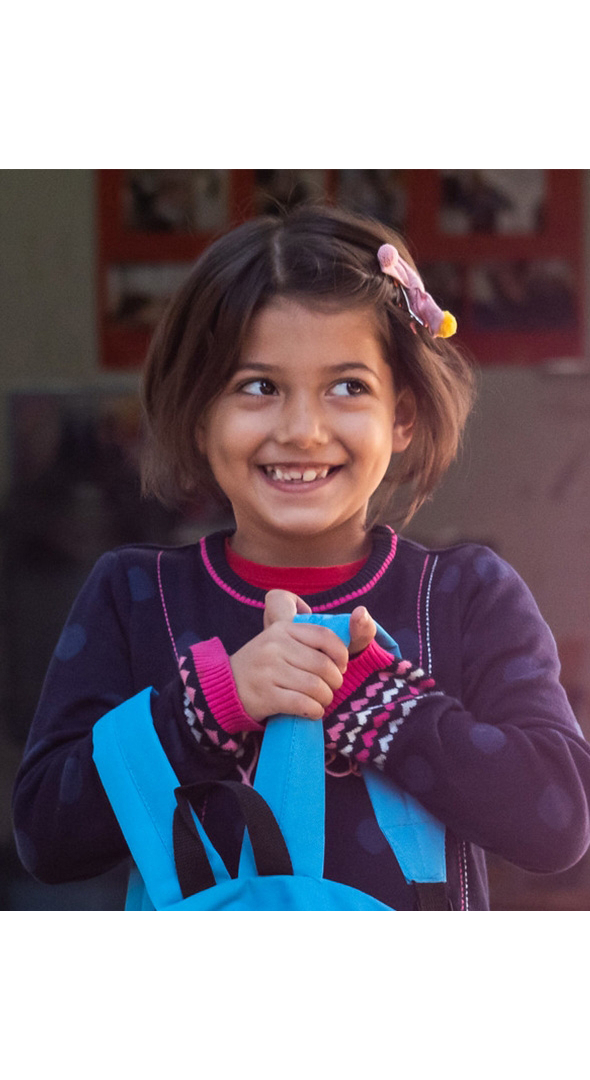UNICEF focuses on ending child marriage on the International Day of the Girl Child ‘My Life, My Right, End Child Marriage’
2012-10-11
NEW YORK/ HONG KONG, 11 October 2012 – On the first International Day of the Girl Child, UNICEF and partners are highlighting joint efforts to end child marriage – a fundamental human rights violation that impacts all aspects of a girl’s life.
“The International Day of the Girl Child readily reflects the need to put girls’ rights at the centre of development,” said Anju Malhotra with the Gender and Rights Section in UNICEF, “The UN and partners are coming together to show the incredible progress made and to highlight the ongoing challenges.
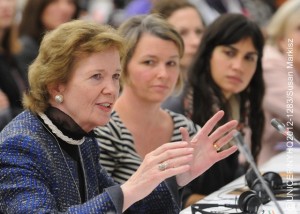
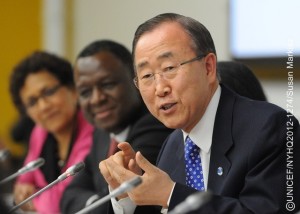
”Under the headline ‘My Life, My Right, End Child Marriage’, aseries of events and actions are taking place throughout the world to draw attention to this critically important issue. At UN Headquarters in New York, Archbishop Desmond Tutu will join UNICEF, UNFPA and UN WOMEN to discuss ways governments, civil society, UN agencies and the private sector can come together to accelerate a decline in the practice of child marriage. In Malawi, a parliamentary debate will put the issue at the centre stage and in Uganda SMS technology is being used by young people to openly discuss the practice.
In partnership with governments, civil society and UN Agencies, Funds and Programmes, UNICEF is laying the groundwork to end child marriage globally. In 2011, 34 country offices reported efforts to address child marriage through social and economic change efforts and legal reform.
In India, one of the countries in the world with the largest number of girls being married before their 18th birthday, child marriage has declined nationally and in nearly all states from 54 per cent in 1992-1993 to 43 per cent in 2007-2008, but the pace of change is slow.
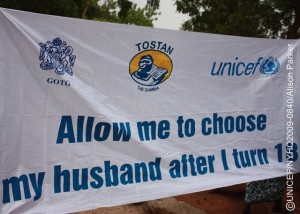 UNICEF supported the passage of the Child Marriage Prohibition Act of 2006, and has since supported the development and implementation of a national strategy on child marriage that aims to coordinate programmes and policies to address both the causes and the consequences of child marriage. Working with individual states, UNICEF took part in developing state action plans and supported the establishment of girls clubs and collectives that were trained on child rights and how to work with the community to stimulate a dialogue about ending child marriage.
UNICEF supported the passage of the Child Marriage Prohibition Act of 2006, and has since supported the development and implementation of a national strategy on child marriage that aims to coordinate programmes and policies to address both the causes and the consequences of child marriage. Working with individual states, UNICEF took part in developing state action plans and supported the establishment of girls clubs and collectives that were trained on child rights and how to work with the community to stimulate a dialogue about ending child marriage.
Experiences in contexts as diverse as Bangladesh, Burkina Faso, Djibouti, Ethiopia, India, Niger, Senegal and Somaliashow how combining legal measures with support to communities, providing viable alternatives – especially schooling – and enabling communities to discuss and reach the explicit, collective decision to end child marriage, yields positive results.
“Child marriage can often result in ending a girl’s education. In communities where the practice is prevalent, marrying a girl as a child is part of a cluster of social norms and attitudes that reflect the low value accorded to the human rights of girls,” said Anju Malhotra, Gender and Rights Section, UNICEF.
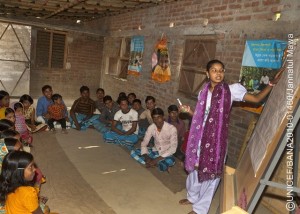 Education is one of the most effective strategies to protect children against marriage. When girls are able to stay in school an attitudinal change can also occur towards their opportunities within the community.
Education is one of the most effective strategies to protect children against marriage. When girls are able to stay in school an attitudinal change can also occur towards their opportunities within the community.
The proportion of child ides has decreased over the last 30 years but child marriage persists at high rates in several regions of the world, particularly in rural areas and among the poorest. Some child ides are the most marginalized and vulnerable of society. Young ides are often isolated – removed from immediate families, taken out of school and denied interaction with their peers and communities. Most recent UNICEF estimates indicate that approximately 70 million—or around 1 in 3 - young women aged 20-24 were married before age 18, with 23 million of them having been married before they turned 15. Globally, almost 400 million women aged 20-49, or over 40 per cent, were married while they were children.
Child marriage puts girls at risk of early and unwanted pregnancies, posing life-threatening consequences. Maternal deaths related to pregnancy and childbirth are an important component of mortality for girls aged 15-19 worldwide, accounting for some 50,000 deaths each year. Moreover, girls between 10 and 14 years of age are five times more likely than women aged 20 to 24 die in pregnancy and childbirth.
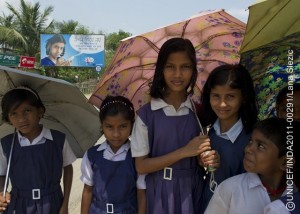
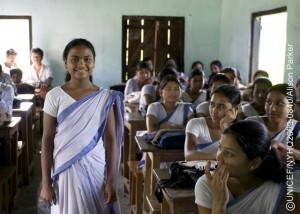
“Through global commitments, civil society movements, legislation and individual initiatives girls will flourish in a safe and productive environment,” said Malhotra,” We must accelerate progress and dedicate resources for girls to claim their rights and realize their full potential.”








